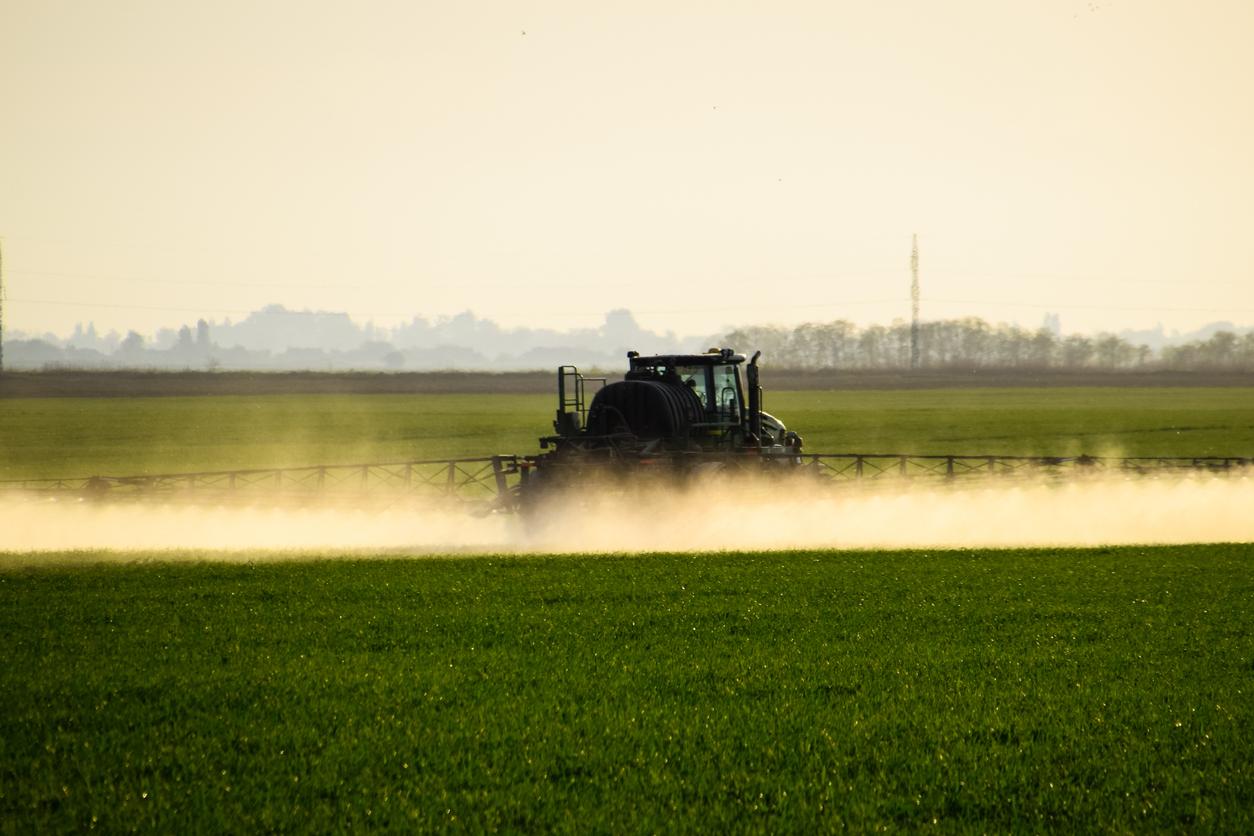A new study finds that outdoor air pollution, even at acceptable levels, could influence children’s brain development.

- Researchers have shown that air pollution, even below standards, can impair children’s brain development.
- Based on 40 studies, researchers found differences in white matter volume and brain connections, as well as early signs of diseases like Alzheimer’s.
- Children are more vulnerable to the effects of air pollution because their brains are still developing and their growing bodies absorb more contaminants per kilogram of body weight than adults. Not to mention that they are spending more time outside.
Air pollution is a well-known public health problem, affecting ecosystems, animals, and, of course, humans. But do its effects go so far as to modify the brain development of children? According to a new study, even levels of air pollution considered “safe” by government standards could lead to changes in the brains of young people.
Changes in children’s brains linked to pollution
To arrive at this conclusion, published in the journal Developmental Cognitive Neuroscienceresearchers from the University of California at Davis (United States) examined 40 international empirical studies on the link between outdoor air pollution and the differences observed in children’s brains. The methods used to measure brain changes vary between studies: some rely on techniques like MRI, others on chemical changes influencing brain health. Each study included specific measurements of air pollution associated with the child’s address or neighborhood.
The worrying results reveal abnormalities in white matter volume, which is associated with cognitive function, in brain connections and, in some cases, early markers of neurodegenerative diseases such as Alzheimer’s. “We see differences in brain outcomes between children exposed to higher levels of pollution compared to those with less exposure”explain the scientists, in a press release.
Surprisingly, these differences in children’s brains were found even in regions meeting air quality standards. “Many of these studies include children living in places where air pollutant levels are well below thresholds established by U.S. or European regulations”specify the researchers.

Children more vulnerable to air pollution
Problem is, children and adolescents are particularly sensitive to the effects of air pollution, the study points out. Their brains are still developing and their growing bodies absorb more contaminants per kilogram of body weight than adults. Not to mention that they generally spend more time outdoors, thus increasing their exposure to pollution particles.
To bolster their findings, the researchers also looked at experimental studies in animals, which confirm that pollution can lead to outcomes similar to those seen in children, including early markers of Alzheimer’s disease.
In conclusion, the authors of the study propose several courses of action to limit children’s exposure to air pollution. Recommendations include installing air filters in homes and schools located near highways or factories.
















